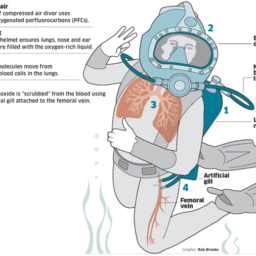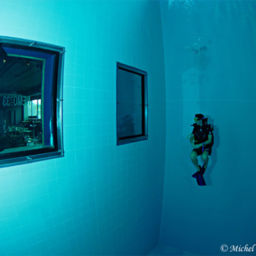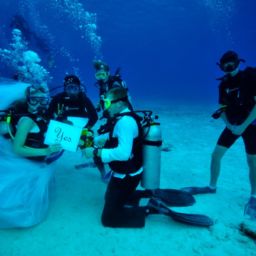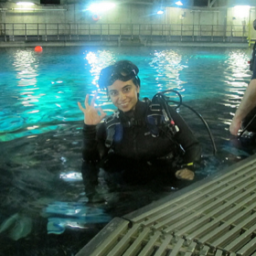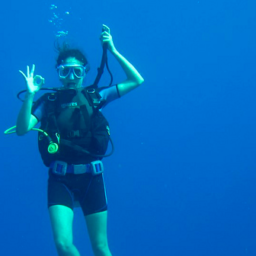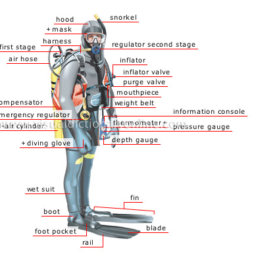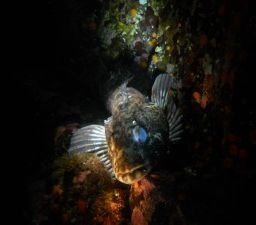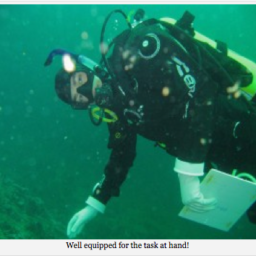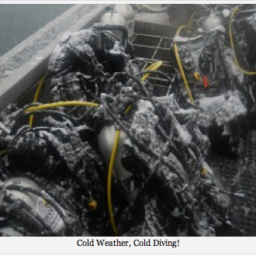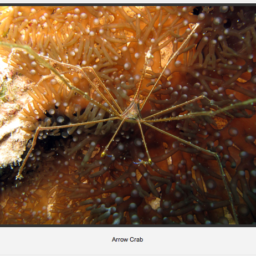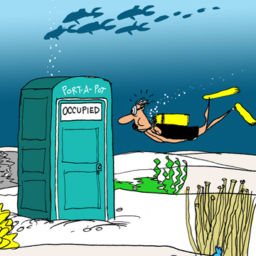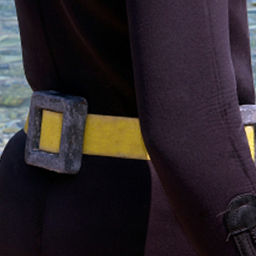Unfortunately, every so often, carbon monoxide claims a diver’s life or causes them serious injury. Most recently, this claimed the life of a diver on vacation in Mexico, and sickened her dive buddy and the dive guide they were with. Because of the low occurrence of incidences each year with carbon monoxide, and the far more prevalent risks of DCI and Nitrogen Narcosis, few divers think about, or know what to do if they encounter a carbon monoxide situation. While I cannot officially tell you what to do, I can advise you of the signs, symptoms and possible treatment.
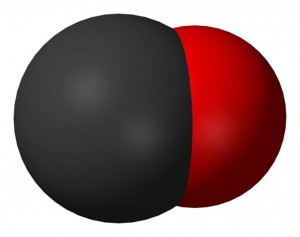
What is it and what does it do?
- As said before, it comes from burning fossil fuel exhaust and the smoke from burning petroleum products. The real problem with Carbon Monoxide is that it has the unfortunate ability to bond with your blood faster than and better than oxygen. As it does this, it greatly reduces your ability to transport oxygen through your body; a situation that if not dealt with quickly can lead to severe injury and death.
Where does it come from?
Carbon Monoxide as encountered by divers typically comes from one of three sources:
1.) Oil in the pistons leaking and partially burning from friction, contaminating the air being pumped through a compressor; this has the dual issue of carbon monoxide and oil droplets getting into your tanks. Caused by poor compressor maintenance (unchanged/damaged filters, poor piston care), this is why its always important to ask to see a compressor if you’re unsure; a good diving operation won’t have an issue with this.
2.) A poorly placed compressor intake, near a parking area or places where vehicles idle; in this case it’s drawing in exhaust fumes that the filters may not be able to catch.
3.) Someone burning plastics/rubber (or garbage in general) near an intake for a compressor. If you smell smoke by the dive shop, ask where their intake is.
What are the symptoms?
- It’s a hockey sock full: weakness, nausea, dizziness, fatigue, headaches, vomiting, unconsciousness and a loss of coordination and rational thinking. Underwater, divers have reported it as “feeling off” or “bad” and some have been described as having narcosis like effects on their dive partners. With any of these signs, end the dive and make your ascent. If unconsciousness has occurred, you’ll have to make the call about an emergency ascent. If you’re a rescue diver, you already know that answer.
- On the surface, you’ll see the most tell tale sign: cherry red lips, cheeks and fingernail beds. Carbon Monoxide has the opposite effect of anoxic cyanosis; it causes a bright red flushing. If you observe this, and the person has lost consciousness, things are bad. CPR or AR may also be required.
Treatment:
- Oxygen. Put the affected person onto O2 as fast as you can. If you have nitrox that wasn’t filled from the same station as the contaminated bottle, this can be a suitable stand in. Fresh air if you have nothing else. Because of the highly effective bonding carbon monoxide forms with hemoglobin, the casualty needs a constant high oxygen content gas to breath. Immediate transport to a hospital and professional medical treatment is a requirement here, not an option, because of the numerous and serious internal injuries and brain damage that can occur from carbon monoxide exposure.
Over the last few years, I’ve come across the odd story of carbon monoxide affecting divers, and recently a diver lost her life because of a carbon monoxide incident. Because of the rarity of these incidents, few divers think about it. As I said before, I cannot officially advise you what to do in these circumstances, but what I outlined above are very, very good ideas in these circumstances. All of that said, it is a rare occurrence and unlikely to occur; but knowing how to recognize it, and what to do about it can mean the difference. Dive safely.
Links:
- The Mexico Incident
- Carbon Monoxide Links: (1)(2)(3)


